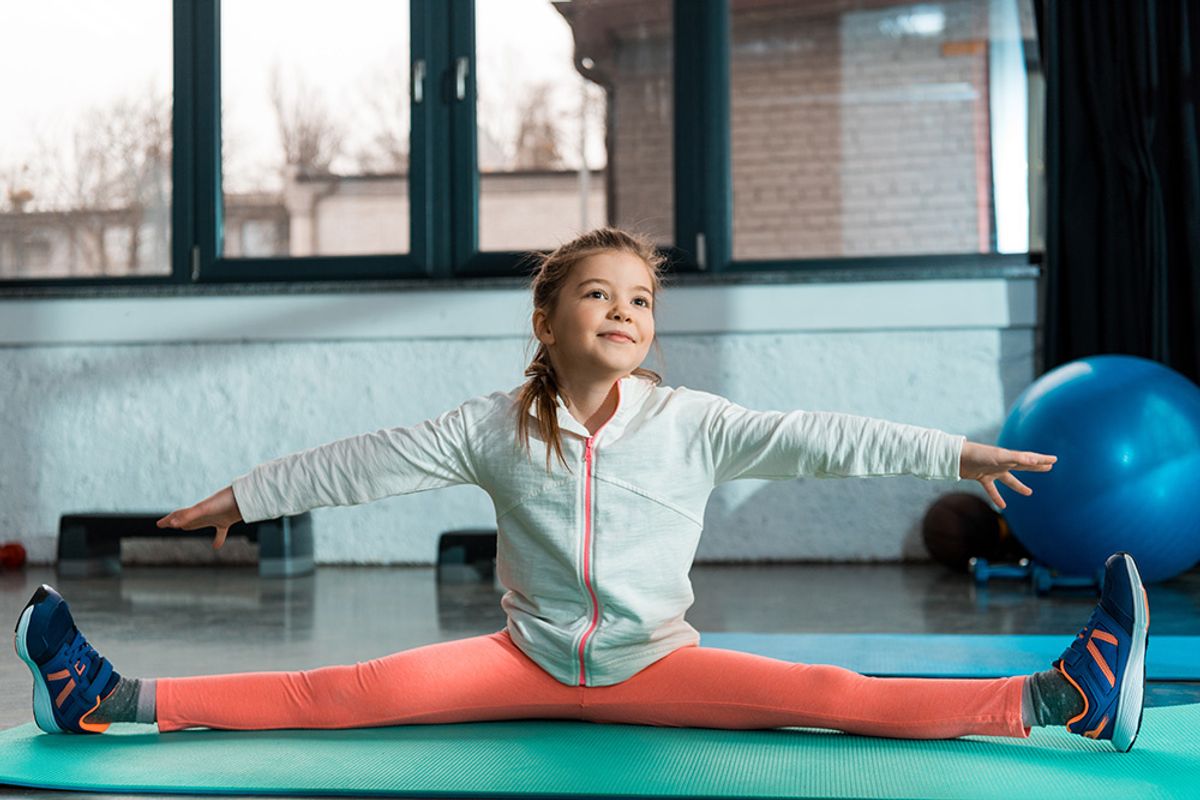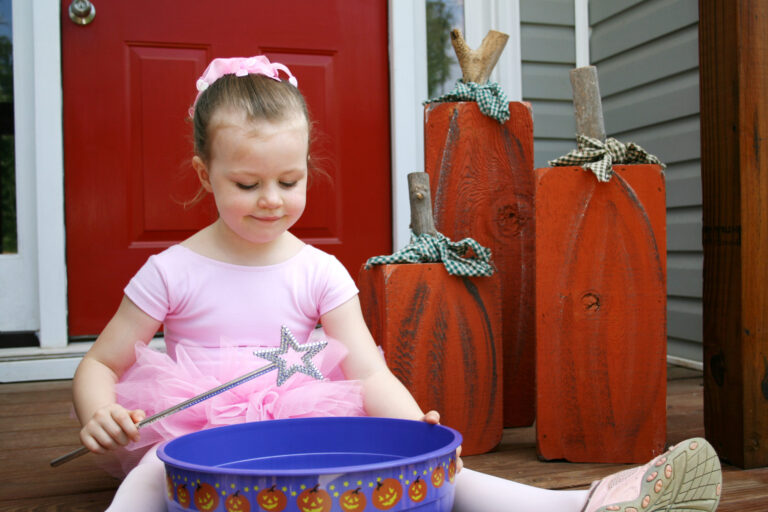
With the dance world’s growing emphasis on flexibility, it’s normal to see increasingly younger children doing splits, tilts and other extreme stretches. It’s enough to make you wonder if these moves are safe for children’s growing bodies and soft bones.
The truth is that there is a range of flexibility in children just as there is in teenagers and adults. And a teacher’s first focus with young dancers should always be to develop good movement coordination and proper skeletal alignment.
When children begin stretching, they need to learn how to do it safely by learning the difference between good and bad physical sensations. Help them do so by asking for feedback on what they are feeling. “Can you feel the tightness of pull at the back of your leg as you reach down to your toes? What are you sensing as you do this movement? Where are you feeling tension?”
Let them know that pain can feel lots of different ways—sometimes sharp and clear, sometimes dull and achy. No matter what the sensation, it is a message from their body that something is wrong and they need to talk to their teacher or parent about it. “No pain, no gain” has no place in the training of young bodies.
This is especially important when children are experiencing growth spurts, where their bones are growing faster than their muscles, and are most vulnerable to problems like bone spurs and Osgood–Schlatter disease (that bump underneath the knee that can occur during an adolescent growth spurt, especially in boys). The challenge is to train muscular flexibility and strength in young children without creating undue strain on the bones.
Never put a young dancer in a position that would compromise the integrity of the ligaments or encourage them to overstretch (such as in oversplits). And if you have a hypermobile dancer, focus on helping them develop the muscle strength to safely control that extra flexibility.
No matter the specific stretch, dancers need to learn to listen to their bodies, and to understand that pain is always an indicator that they should pull back.




